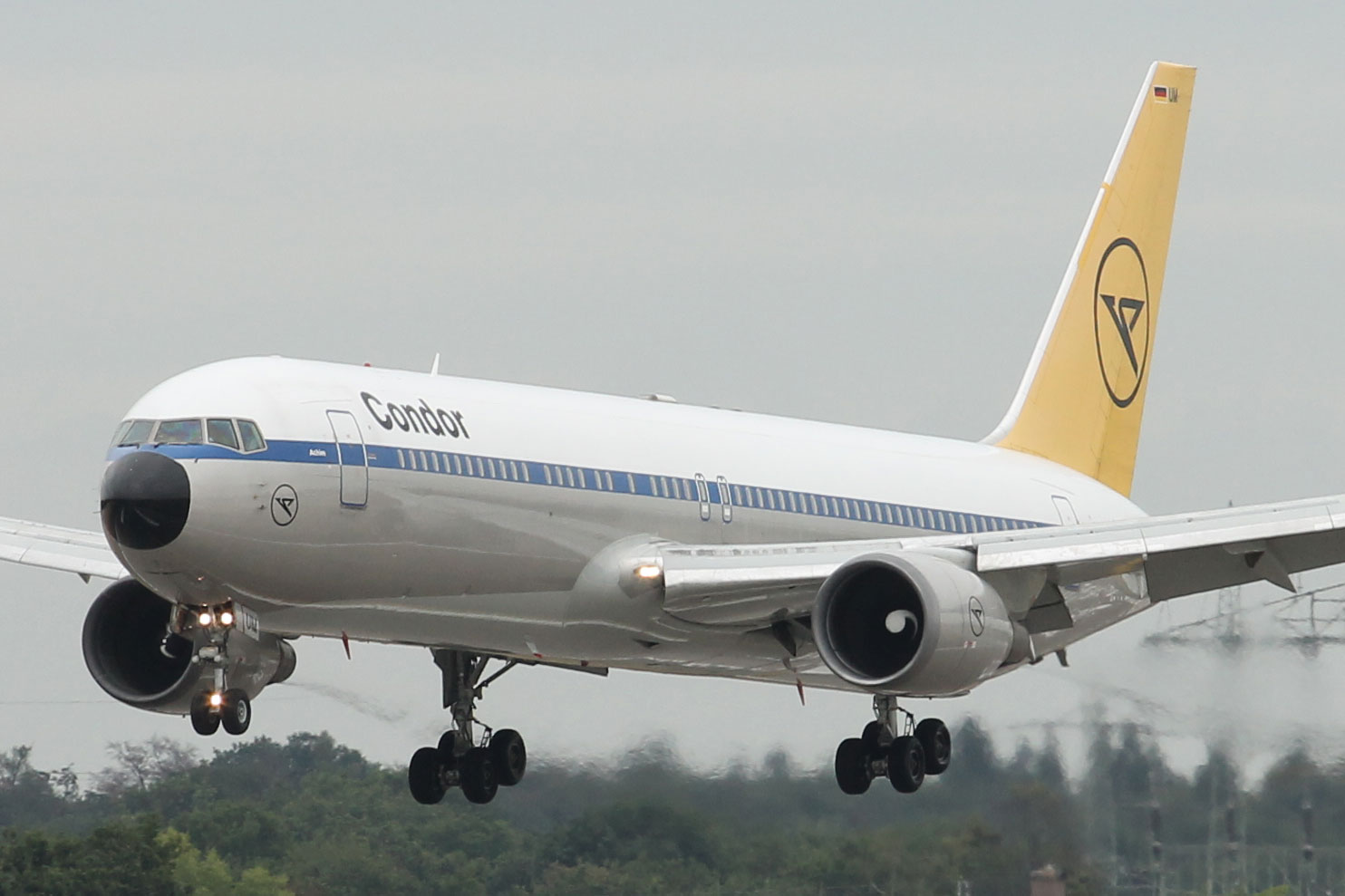
Ever wondered why airplanes sport such vibrant designs? Airline livery, the unique paint schemes and logos on aircraft, is more than just eye candy. These designs serve as flying billboards, showcasing a brand's identity and heritage. From the iconic red tail of Virgin Atlantic to the elegant blue of KLM, each livery tells a story. But there's more to it than meets the eye. Did you know that airline livery can affect fuel efficiency? Yes, the type of paint and design can impact an aircraft's weight and aerodynamics. Curious about the hidden meanings behind these designs? Let's dive into 14 fascinating facts about airline livery that will make you see these flying canvases in a whole new light.
Key Takeaways:
- Airline liveries are not just about colors and logos; they represent the airline's identity and history. They help passengers recognize the airline and play a role in marketing and advertising.
- From simple designs to complex artworks, airline liveries have evolved over the years. They celebrate milestones, partnerships, and cultural events, and are influenced by technological advances and environmental considerations.
What is Airline Livery?
Airline livery refers to the specific paint scheme and branding applied to an aircraft. It’s more than just colors and logos; it represents the airline's identity and can tell a story about its history, values, and culture. Let's dive into some fascinating facts about airline liveries.
-
First Airline Livery
The first commercial airline to use a livery was KLM Royal Dutch Airlines in 1919. Their aircraft featured a simple design with the airline's name and logo. -
Purpose Beyond Aesthetics
Liveries are not just for looks. They help in brand recognition, making it easier for passengers to identify the airline. They also play a role in marketing and advertising.
Evolution of Airline Liveries
Over the years, airline liveries have evolved significantly. From simple designs to complex artworks, each era has its unique style.
-
Early Designs
Early liveries were often simple, featuring basic colors and the airline's name. This was partly due to the limitations of paint technology at the time. -
Jet Age Transformation
The introduction of jet aircraft in the 1950s and 60s brought more elaborate designs. Airlines began using bold colors and intricate patterns to stand out. -
Modern Minimalism
Today, many airlines prefer minimalist designs. These often feature a white fuselage with a colorful tail, which is cost-effective and easier to maintain.
Special and Commemorative Liveries
Airlines sometimes create special liveries to celebrate milestones, partnerships, or cultural events. These unique designs can be quite eye-catching.
-
Anniversary Liveries
Airlines often paint aircraft in special liveries to celebrate anniversaries. For example, British Airways painted some of their planes in retro liveries to mark their 100th anniversary. -
Partnerships and Sponsorships
Some airlines collaborate with other brands or sports teams, resulting in unique liveries. For instance, Alaska Airlines has a plane featuring Disney characters. -
Cultural Celebrations
Airlines also use liveries to celebrate cultural events. Air New Zealand has a plane adorned with Maori designs to honor New Zealand's indigenous culture.
Technological Advances in Livery Design
Advancements in technology have significantly impacted how liveries are designed and applied.
-
Digital Design Tools
Modern liveries are often designed using advanced digital tools, allowing for more complex and precise designs. -
High-Quality Paints
The development of high-quality, durable paints has made it possible to create vibrant and long-lasting liveries. -
Decals and Stickers
Some airlines use decals and stickers instead of paint for certain parts of the livery. This method is quicker and can be easily changed.
Environmental Considerations
Airline liveries are also influenced by environmental factors. Airlines are increasingly looking for ways to make their liveries more eco-friendly.
-
Eco-Friendly Paints
Many airlines now use eco-friendly paints that emit fewer volatile organic compounds (VOCs), reducing their environmental impact. -
Weight Reduction
The type of paint and the thickness of the livery can affect the aircraft's weight. Lighter liveries can help reduce fuel consumption and emissions. -
Recycling Old Liveries
When aircraft are repainted, the old paint is often removed and recycled. This helps minimize waste and supports sustainability efforts.
Airline liveries are more than just decoration. They are a blend of art, technology, and branding that play a crucial role in the aviation industry.
The Final Take on Airline Livery
Airline livery isn't just about looks. It tells stories, represents cultures, and even affects passenger experience. From the iconic tail designs to the color schemes that make planes stand out, every detail has a purpose. Some liveries honor historical events, while others promote brand identity. The next time you see a plane, remember there's more to it than meets the eye. Whether it's the classic elegance of British Airways or the bold colors of Southwest, each livery has a unique tale. So, next time you're at the airport, take a moment to appreciate the artistry and thought behind these flying canvases. They’re not just planes; they’re flying billboards with stories to tell.
Frequently Asked Questions
Was this page helpful?
Our commitment to delivering trustworthy and engaging content is at the heart of what we do. Each fact on our site is contributed by real users like you, bringing a wealth of diverse insights and information. To ensure the highest standards of accuracy and reliability, our dedicated editors meticulously review each submission. This process guarantees that the facts we share are not only fascinating but also credible. Trust in our commitment to quality and authenticity as you explore and learn with us.


